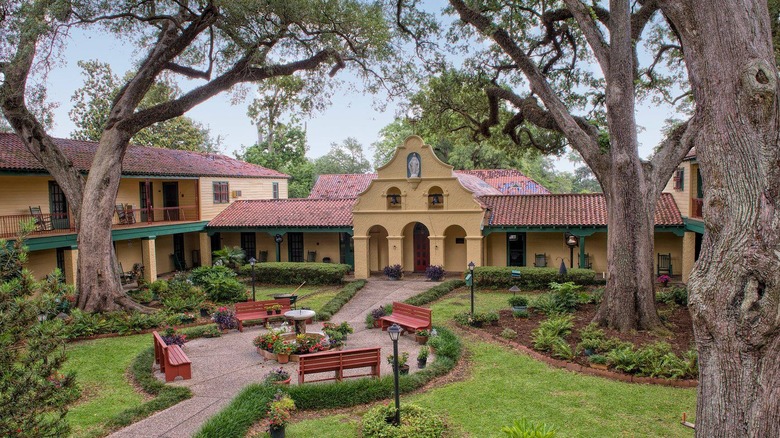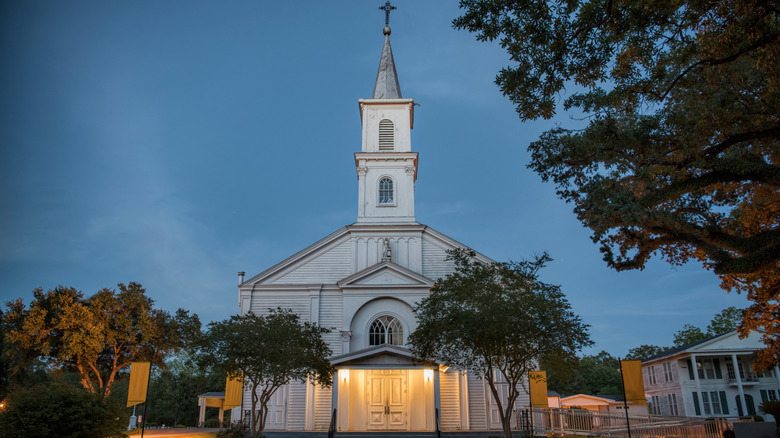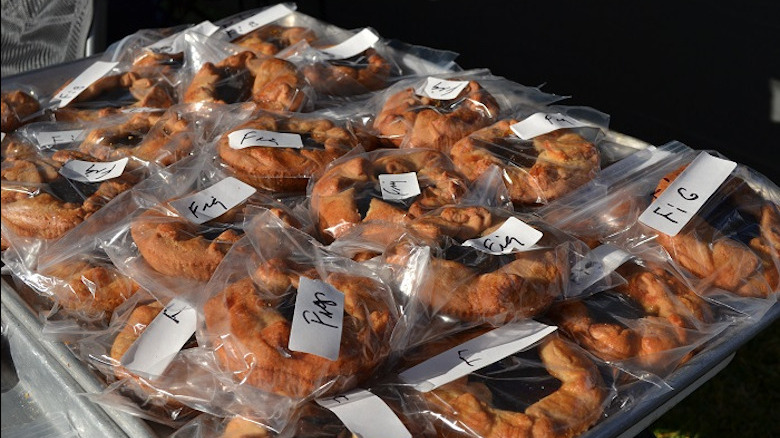Even for those unfamiliar with the food terminology “Sweet Dough Pie,” this string of words is enticing enough to make you want to know more about what this regional Louisiana dessert is all about. Combining a delectable pie pastry with sugary cookie dough, Sweet Dough Pie is just a small part of what makes Grand Coteau, Louisiana a fascinating destination in Cajun country. Dubbed the “Sweet Dough Pie Capital,” this small town sits within St. Landry Parish and is roughly 30 minutes to the north of the underrated city of Lafayette and its regional airport. If big city New Orleans is your base, you can reach Grand Coteau by car in about two hours and 10 minutes.
Touring through the historic district of Grand Coteau is a glimpse into the evolution of architecture, encapsulating several different eras of time that highlight Victorian, Creole, and French influences. Each building is a piece of the melting pot that existed on the very land where Louisiana now sits. Grand Coteau is also humorously known as the “miracle zip code” for a fascinating event that occurred that made waves at the Vatican some two centuries ago.
Grand Coteau’s miracle and the origins of Sweet Dough Pie Capital
Grand Coteau’s first incarnation was as a French settlement in the 19th century, later becoming a part of what is now Louisiana Cajun country. The “miracle” that the town is known for happened to revolve around a woman named Mary Wilson. In 1866, Wilson suffered from a chronic illness, but, allegedly, the apparition of Saint John Berchmans miraculously cured her. Because of this religious, healing experience, the Grand Coteau city council has since named Berchmans the official Patron Saint of Grand Coteau. Today, visitors can view his shrine at the Academy of the Sacred Heart Campus. Founded in 1821, this is one of the oldest learning institutions in the United States still in operation.
Many of the other architectural jewels that can be found in Grand Coteau have similar Catholic roots. Built around 1879, the largely white and wooden St. Charles of Borromeo Church comes with a rare yet beautiful bell tower in the back. Meanwhile, the Jesuit Dairy Barn is a newer, but still handsome, treasure, built in 1925 to service and feed the nearby Jesuit college. Framed by two silos, the distinct yellow barn withstood historic snowfall in 2025, still standing tall for its 100-year anniversary.




